AB388H1 - Premier Inn: Analysis of Contemporary Hospitality
VerifiedAdded on 2023/04/05
|10
|577
|317
Report
AI Summary
This report examines the challenges and trends within the contemporary hospitality industry, using Premier Inn as a case study. It identifies operational issues such as employee turnover, rising operating costs, and the impact of natural disasters, as well as managerial and financial issues. The report also addresses legislative issues affecting Premier Inn, including alcohol licensing, food safety, and anti-discrimination laws. Furthermore, it explores current trends in the hospitality industry, such as mobile-enabled management, electronic check-ins, and an increased focus on content marketing and social media integration. Potential developments, including the growth of boutique hotels and advanced technologies, are also discussed. The report concludes by highlighting the impact of these trends and developments on customer demand, e-hospitality, customer loyalty, and resource utilization, emphasizing the need for innovation and quality in the face of economic pressures.
1 out of 10


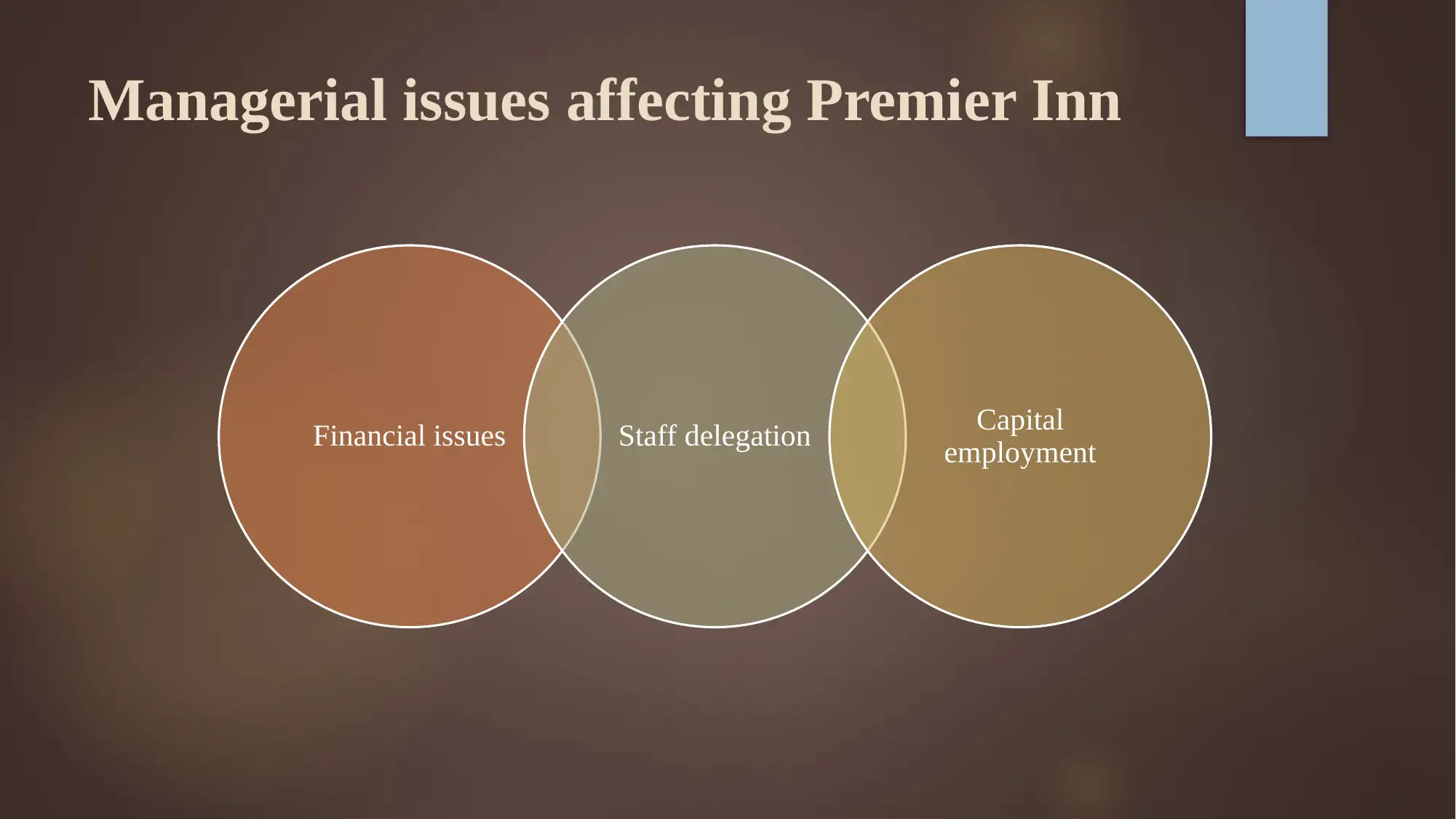

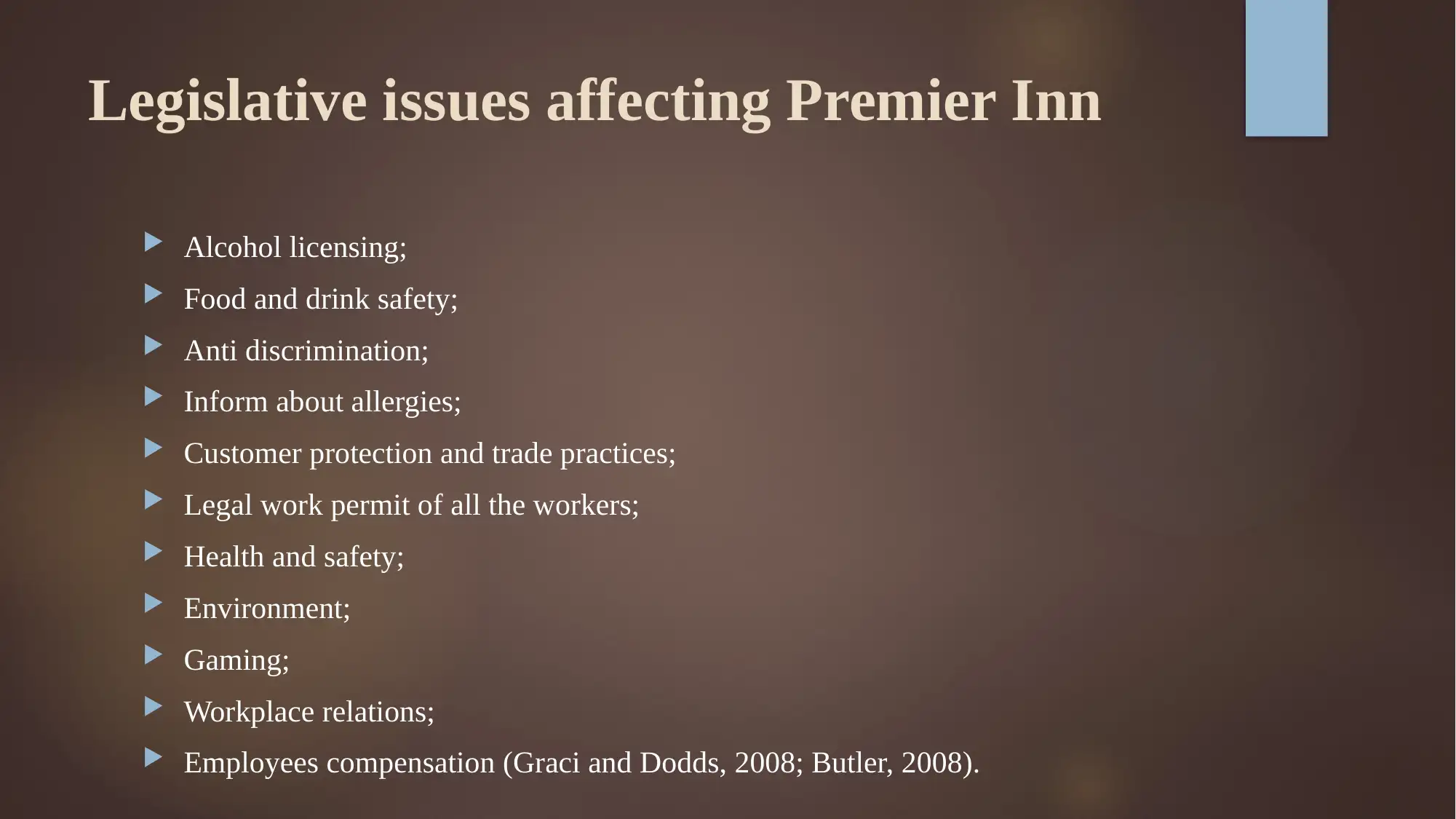

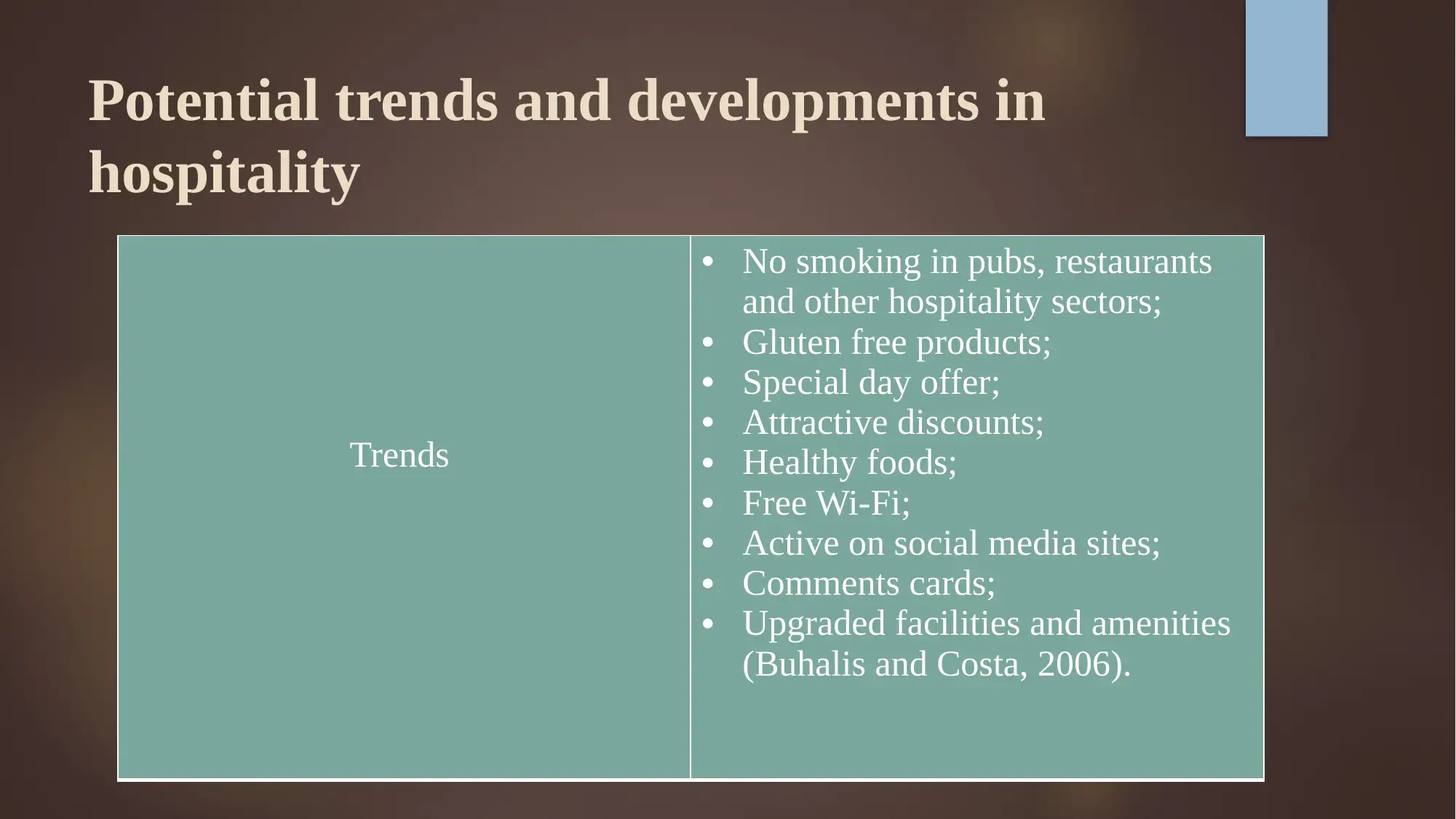

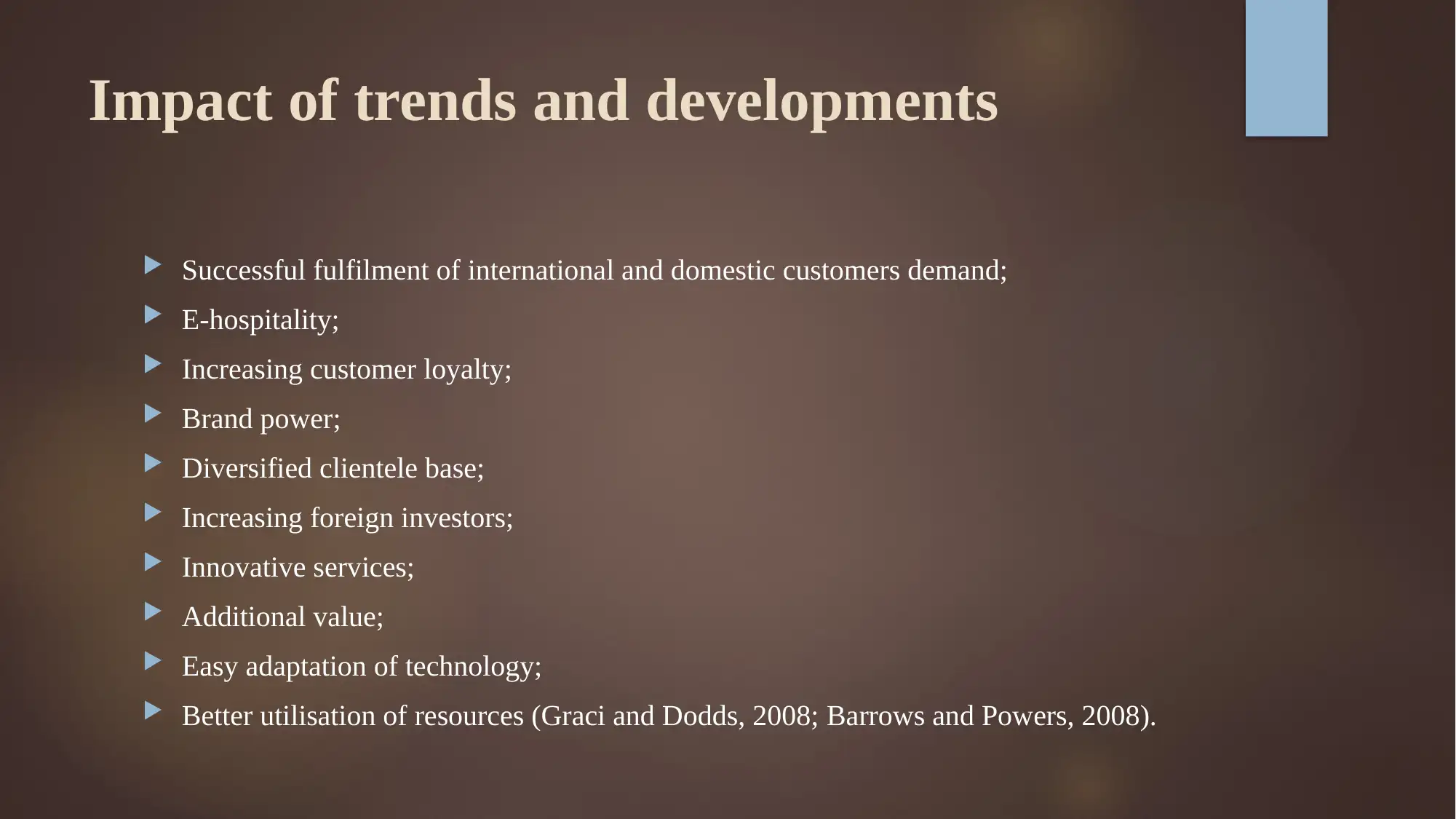
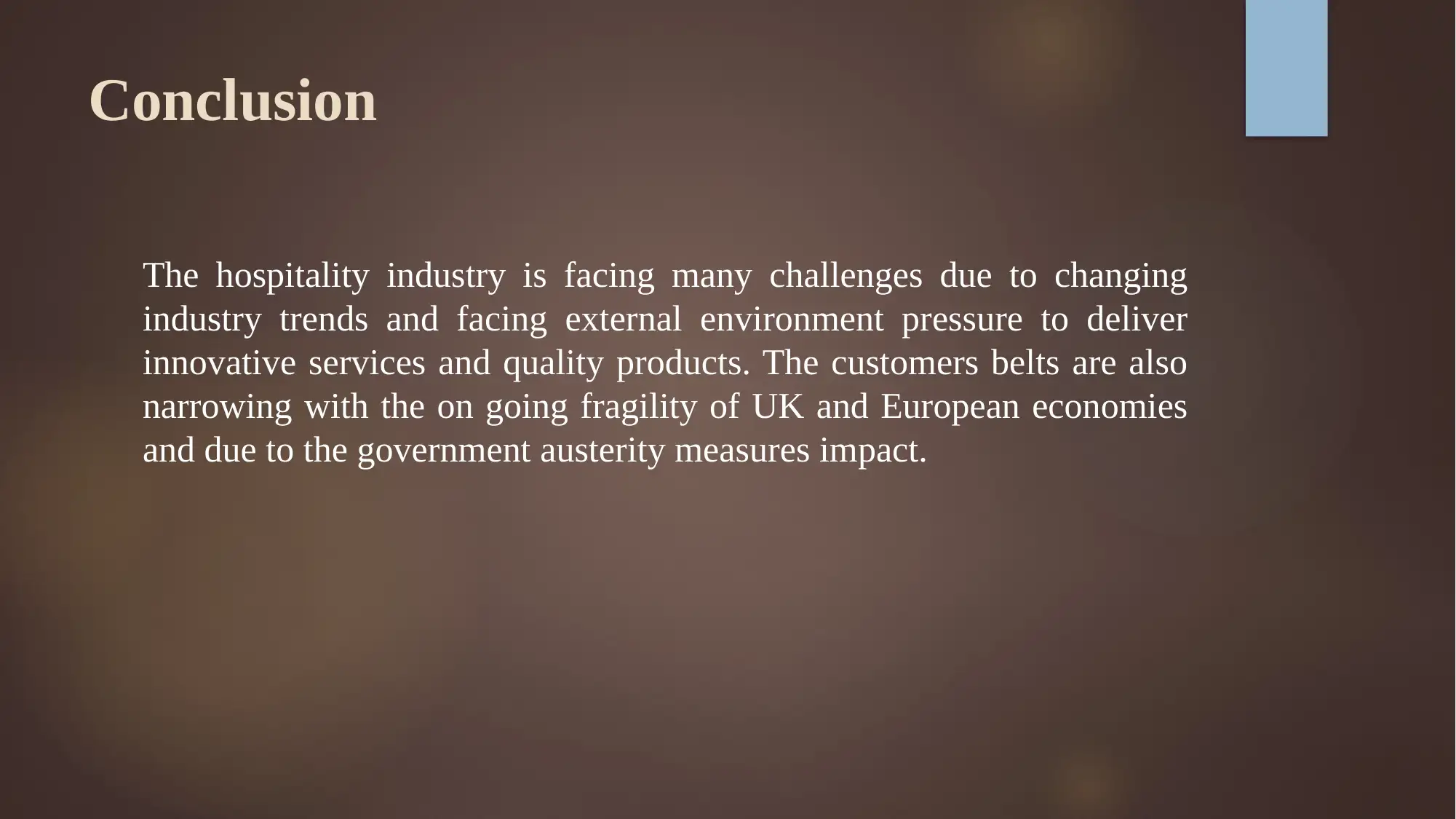
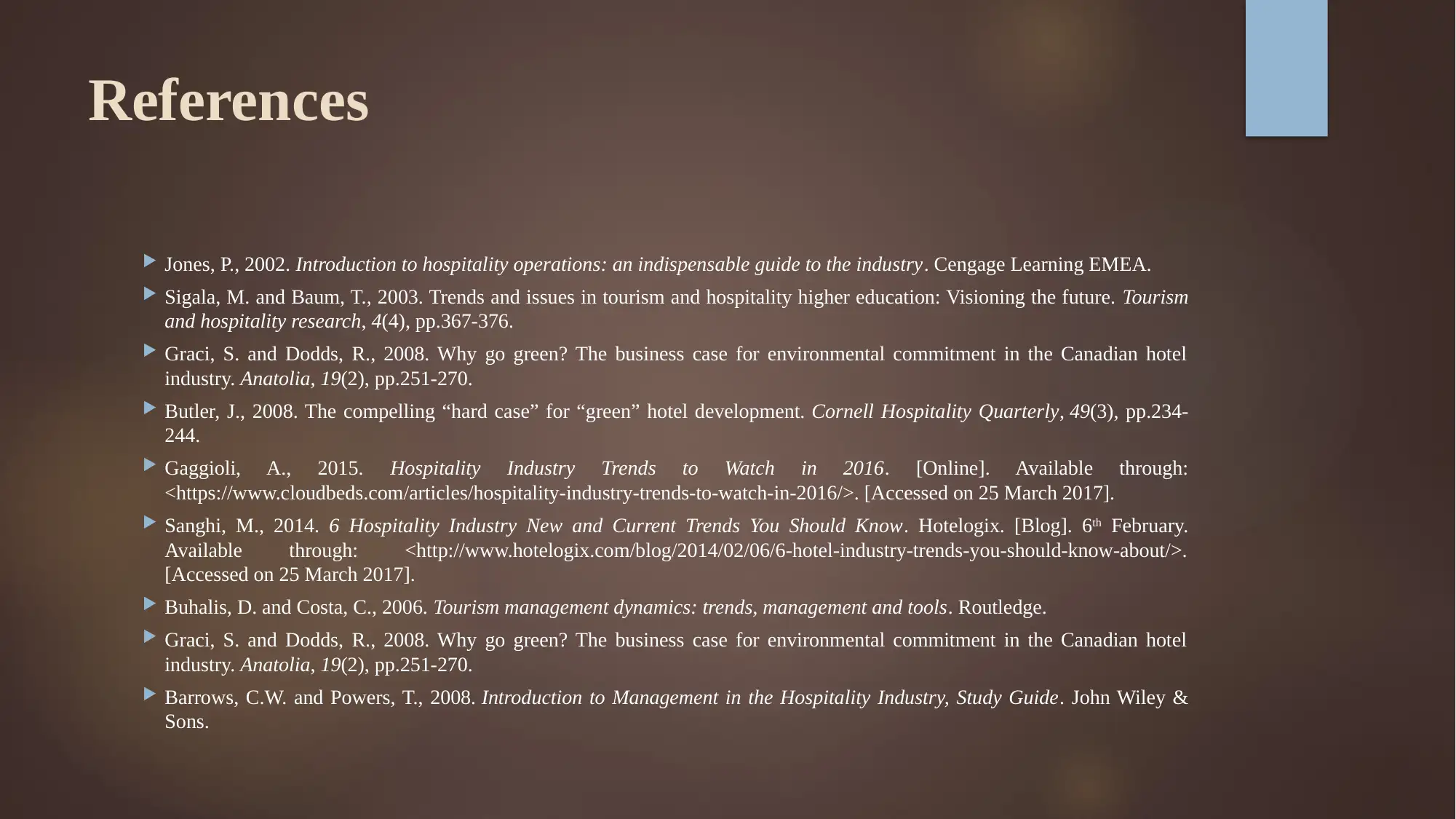
![[object Object]](/_next/static/media/star-bottom.7253800d.svg)